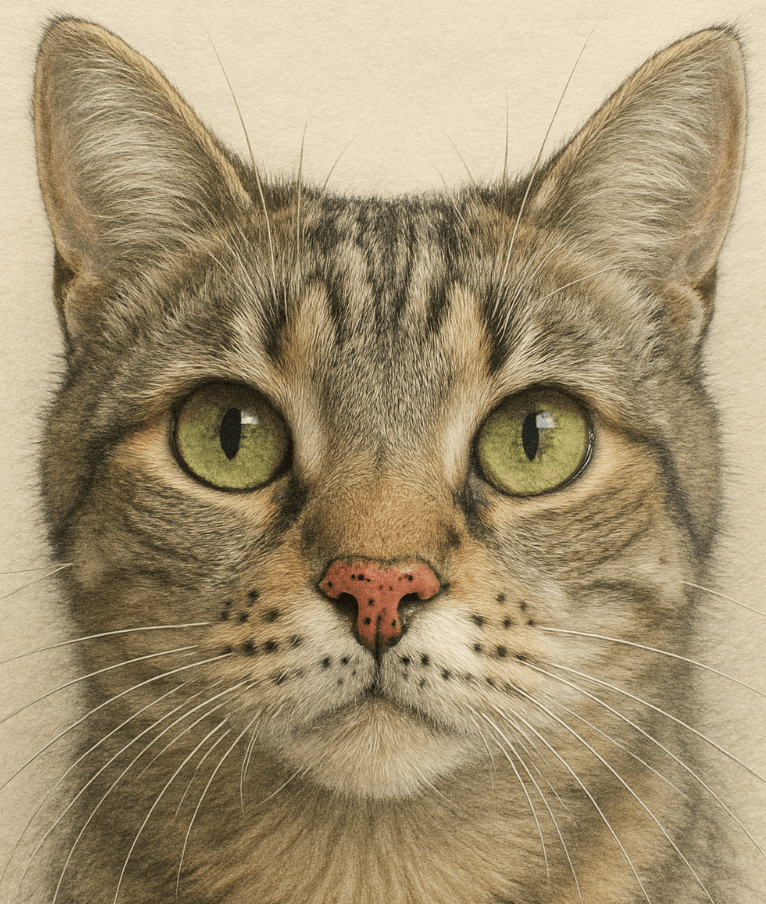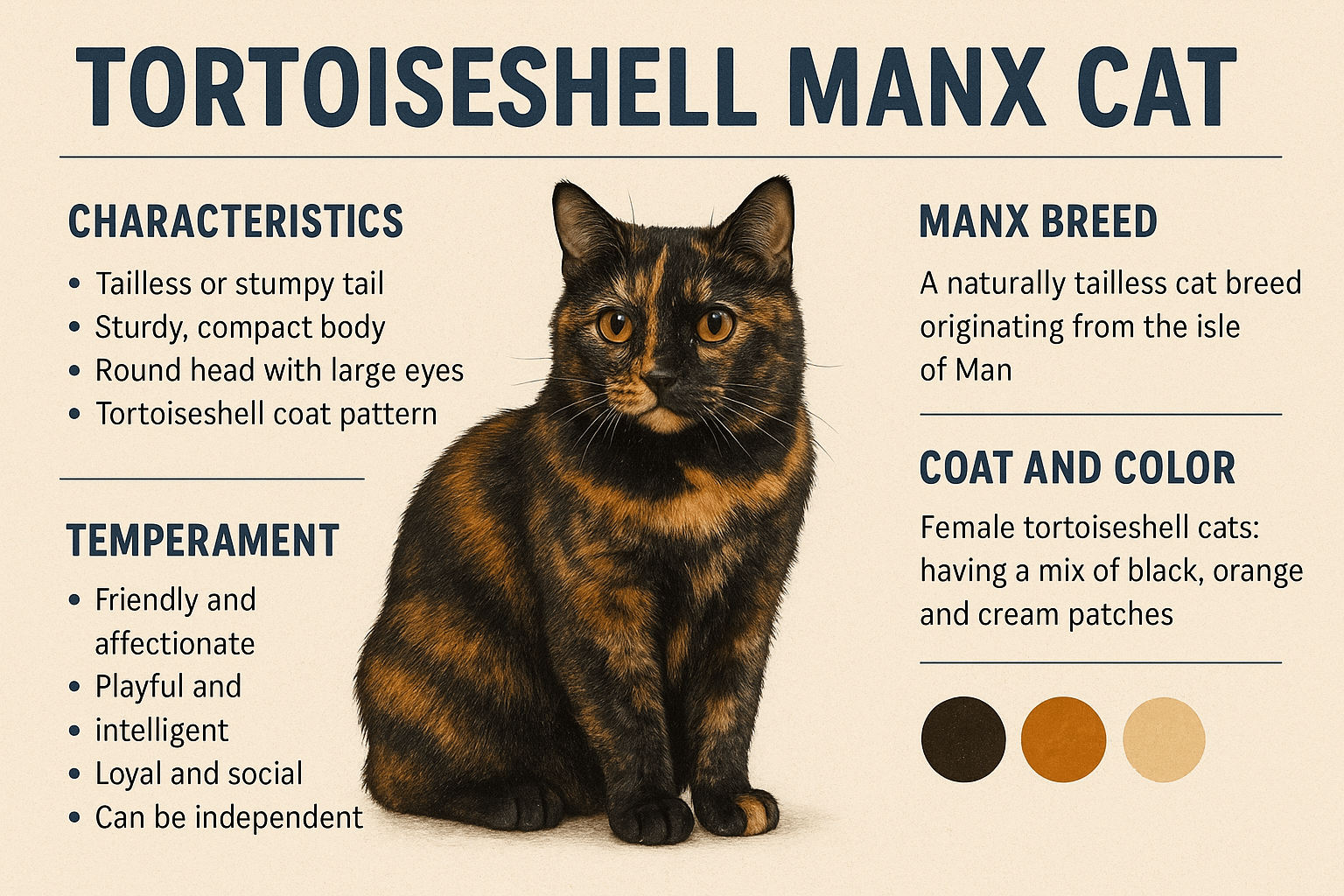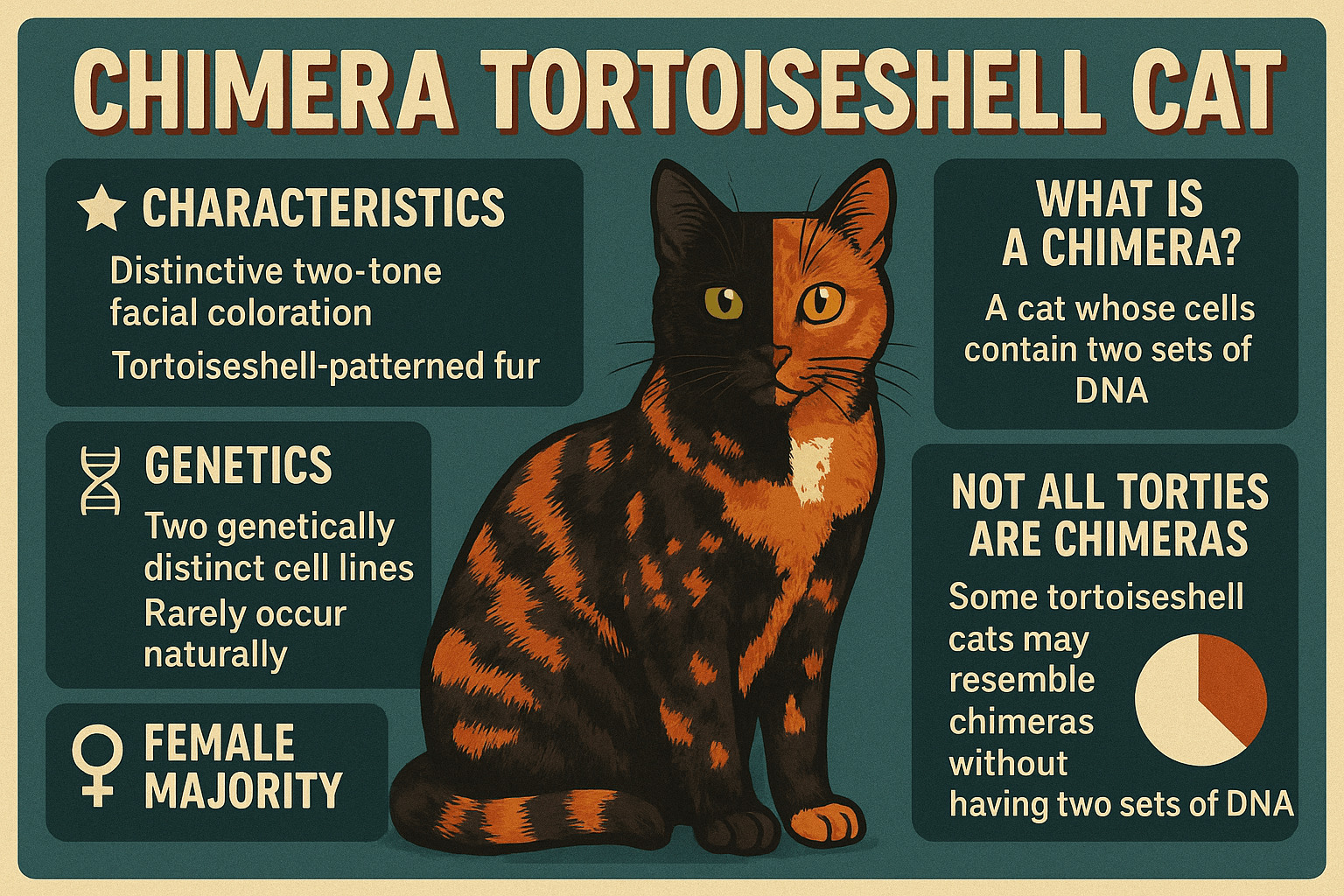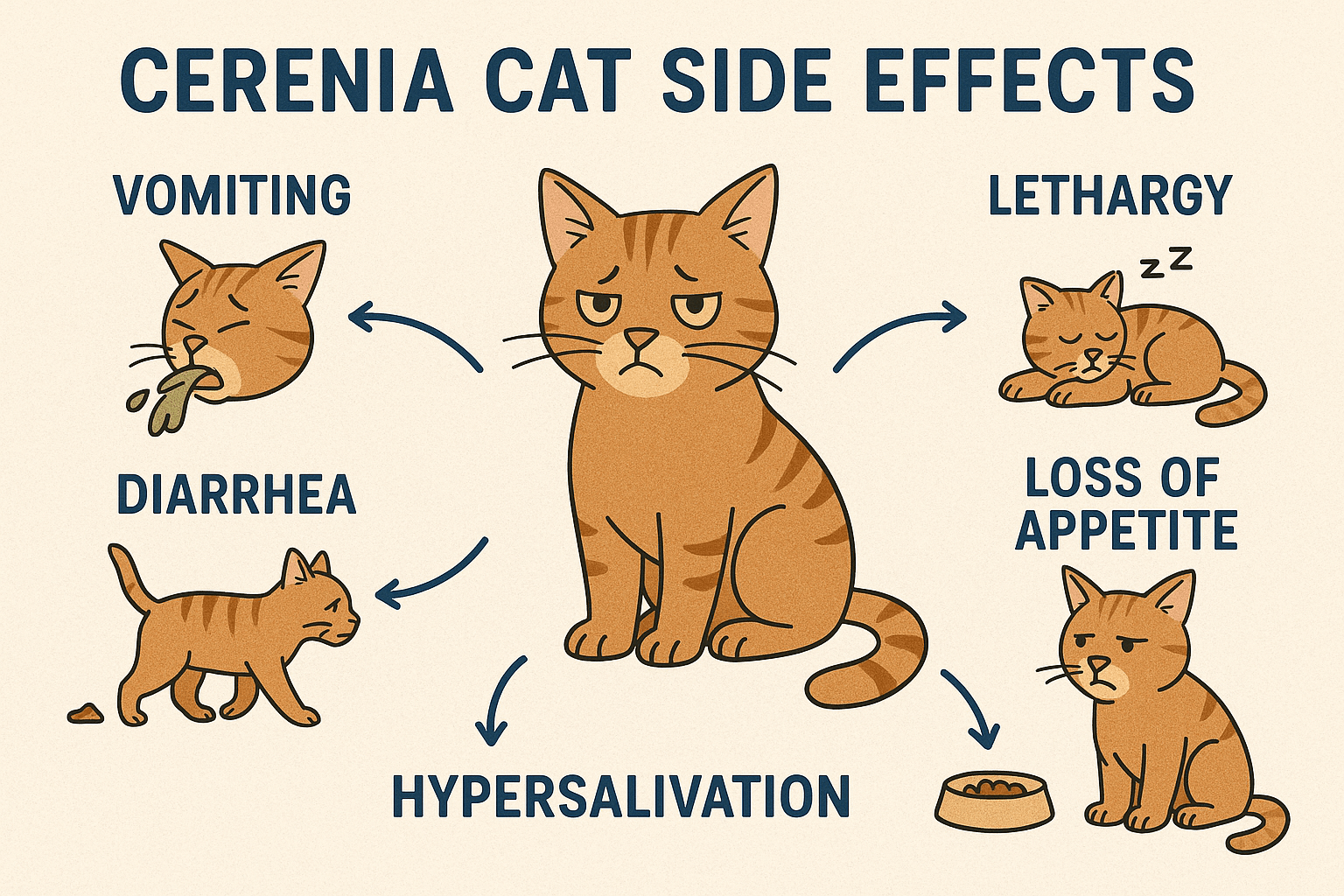Black Spots on Cat Nose: What Do They Mean?
If you’ve ever noticed black spots on your cat’s nose, you might have wondered what they are and whether they’re a cause for concern. These spots can appear for a variety of reasons, ranging from harmless natural changes to potential health issues. While many cats develop these markings as part of their unique appearance, it’s important to understand when they might signal something more serious. In this blog post, we’ll explore the possible causes of black spots on a cat’s nose, how to differentiate between normal and abnormal changes, and what steps to take if you notice anything unusual. Let’s dive into the fascinating world of feline dermatology and uncover what those mysterious spots could mean.
Common Causes of Black Spots on a Cat’s Nose
Black spots on a cat’s nose can arise from various factors, some of which are completely normal and others that may require attention. Understanding these causes can help you determine whether your cat needs veterinary care.
Natural Pigmentation Changes:
As cats age, their skin and fur can undergo pigmentation changes, leading to the development of harmless black spots.Lentigo Simplex (Freckles):
This condition is common in orange, calico, or tortoiseshell cats and results in small, flat black spots that resemble freckles.Sun Exposure:
Cats with lighter-colored noses may develop dark spots due to sun exposure, similar to how humans develop sunspots.Scabs or Crusts:
Minor injuries or irritations can heal and leave behind temporary dark marks on the nose.Skin Conditions or Allergies:
Certain skin conditions or allergic reactions can cause discoloration, including the appearance of black spots.
While most causes are benign, it’s essential to monitor any changes in size, shape, or texture to rule out underlying issues.
Common Causes of Black Spots on a Cat’s Nose
Black spots on a cat’s nose can arise from various factors, some of which are completely normal and others that may require attention. Understanding these causes can help you determine whether your cat needs veterinary care.
Natural Pigmentation Changes:
As cats age, their skin and fur can undergo pigmentation changes, leading to the development of harmless black spots.Lentigo Simplex (Freckles):
This condition is common in orange, calico, or tortoiseshell cats and results in small, flat black spots that resemble freckles.Sun Exposure:
Cats with lighter-colored noses may develop dark spots due to sun exposure, similar to how humans develop sunspots.Scabs or Crusts:
Minor injuries or irritations can heal and leave behind temporary dark marks on the nose.Skin Conditions or Allergies:
Certain skin conditions or allergic reactions can cause discoloration, including the appearance of black spots.
While most causes are benign, it’s essential to monitor any changes in size, shape, or texture to rule out underlying issues.
Check this guide 👉Cat Nose Bleed: Best 7 Expert Tips!
Check this guide 👉Understanding Cat Nose Fungus: Best 7 Health Tips!
Check this guide 👉Understanding Cat Nose Scabs: Best 7 Health Tips!

Normal Causes of Black Spots | Abnormal Causes of Black Spots |
|---|---|
Natural aging pigmentation | Melanoma or other types of skin cancer |
Lentigo simplex (freckles) | Bacterial or fungal infections |
Sun exposure in light-skinned cats | Trauma leading to scabbing or irritation |
Temporary marks from healed injuries | Allergic reactions causing discoloration |
Breed-specific traits | Hormonal imbalances affecting skin |
How to Care for Your Cat’s Nose
Proper care and monitoring can help maintain your cat’s nasal health and prevent complications related to black spots. Here are some practical tips to keep their nose in good condition.
Regular Inspections:
Check your cat’s nose weekly for any new spots, changes in texture, or signs of irritation.Protect from Sun Exposure:
Use pet-safe sunscreen on light-skinned cats to shield their noses from harmful UV rays.Keep the Area Clean:
Gently wipe your cat’s nose with a damp cloth to remove dirt or debris that could cause irritation.Provide a Balanced Diet:
A nutrient-rich diet supports healthy skin and reduces the risk of dermatological issues.Consult Your Veterinarian:
Schedule regular check-ups and seek professional advice if you notice anything unusual.
By incorporating these practices into your routine, you can ensure your cat’s nose stays healthy and free from preventable problems.
When to Seek Veterinary Help for Black Spots
Knowing when to consult a veterinarian is crucial for addressing any concerns about black spots on your cat’s nose. Early intervention can make all the difference in managing potential health issues.
Persistent Irritation:
If your cat constantly rubs or scratches their nose, it may indicate discomfort or an underlying problem.Unexplained Bleeding:
Any bleeding or discharge from the spots should be evaluated promptly to rule out infections or tumors.Sudden Appearance of Multiple Spots:
A rapid increase in the number of spots may signal an aggressive condition requiring immediate attention.Changes in Behavior:
Lethargy, loss of appetite, or other behavioral shifts alongside black spots could indicate systemic illness.Veterinary Diagnosis Tools:
A vet may use biopsies, skin scrapings, or imaging tests to determine the cause of abnormal spots.
Seeking professional guidance ensures accurate diagnosis and appropriate treatment for your cat’s specific needs.
Preventive Measures to Avoid Nasal Issues
Taking preventive steps can reduce the likelihood of your cat developing problematic black spots or other nasal issues. These measures focus on maintaining overall health and minimizing risks.
Maintain a Stress-Free Environment:
Stress can weaken your cat’s immune system, making them more susceptible to skin conditions. Provide a calm and enriching environment.Avoid Harsh Chemicals:
Keep cleaning products and other harsh chemicals away from your cat to prevent irritation or allergic reactions.Encourage Hydration:
Ensure your cat has access to fresh water to support skin hydration and overall health.Monitor Outdoor Activities:
Supervise outdoor playtime to minimize the risk of injuries or excessive sun exposure.Schedule Routine Vet Visits:
Regular check-ups help catch potential issues early before they escalate into bigger problems.
Preventive care is key to keeping your cat’s nose—and the rest of their body—in optimal condition.
Breeds Prone to Black Spots
Certain cat breeds are more likely to develop black spots due to genetic predispositions or physical traits. Understanding breed tendencies can help you anticipate and manage these changes.
Orange Tabby Cats:
Orange tabbies often develop lentigo simplex, resulting in freckle-like spots on their noses and lips.Calico and Tortoiseshell Cats:
These colorful breeds frequently exhibit pigmentation variations, including black spots.Light-Colored Cats:
Cats with pale fur or pink noses are more vulnerable to sun-induced spots and need extra protection.Hairless Breeds (e.g., Sphynx):
Hairless cats lack protective fur, making their skin more prone to discoloration and sun damage.Senior Cats:
Older cats of any breed may experience natural pigmentation changes as they age.
Knowing your cat’s breed-specific traits helps you better understand their unique needs and tendencies.
Home Remedies for Mild Nasal Irritation
For minor cases of nasal irritation, simple home remedies can provide relief and promote healing. Always consult your vet before trying new treatments.
Coconut Oil Application:
A small amount of organic coconut oil can moisturize dry or irritated skin around the nose.Aloe Vera Gel:
Pet-safe aloe vera gel soothes inflammation and promotes healing of minor abrasions.Oatmeal Baths:
For generalized skin irritation, oatmeal-based baths can calm itching and redness.Cold Compress:
Applying a cold compress to the affected area reduces swelling and discomfort.Dietary Supplements:
Omega-3 fatty acids support skin health and may reduce inflammation over time.
Home remedies can complement professional care but should never replace veterinary advice for persistent or severe issues.
Frequently Asked Questions About Black Spots on Cat Noses
Are black spots on a cat’s nose dangerous?
Most black spots are harmless, but sudden changes or irregular textures may indicate a health issue that requires veterinary attention.
Can black spots be removed?
Surgical removal or laser therapy may be options for problematic spots, depending on the diagnosis.
Do all cats get black spots as they age?
No, not all cats develop black spots, but some breeds and individuals are more prone to pigmentation changes.
Is lentigo simplex treatable?
Lentigo simplex is harmless and doesn’t require treatment unless it causes discomfort or spreads excessively.
How can I protect my cat’s nose from sun damage?
Apply pet-safe sunscreen, limit outdoor time during peak sun hours, and provide shaded areas for outdoor cats.
Understanding and Monitoring Black Spots on Your Cat’s Nose
Black spots on a cat’s nose can be a natural part of their appearance or a sign of something more serious. By staying informed about the possible causes and knowing when to seek veterinary care, you can ensure your cat’s health and well-being. Regular inspections, proper care, and proactive measures like sun protection go a long way in maintaining their nasal health. Remember, every cat is unique, and even seemingly minor changes deserve attention. With vigilance and love, you can keep your feline friend happy, healthy, and comfortable for years to come.
Why Are Cats So Warm? If you’ve ever cuddled up with a cat, you’ve likely noticed how warm they feel against …
Tortoiseshell Manx Cat: Best 7 Expert Tips! Discover expert advice on caring for this unique breed, from health and grooming to personality insights. Perfect for cat lovers!
Chimera Tortoiseshell Cat: Best 7 Expert Tips! Discover the unique traits, care needs, and fascinating facts about chimera tortoiseshell cats to better understand these rare feline wonders.
Cerenia Cat Side Effects: Best 7 Expert Tips! Discover expert advice on managing Cerenia side effects, ensuring your cat’s safety, and promoting a smooth recovery with practical tips.



